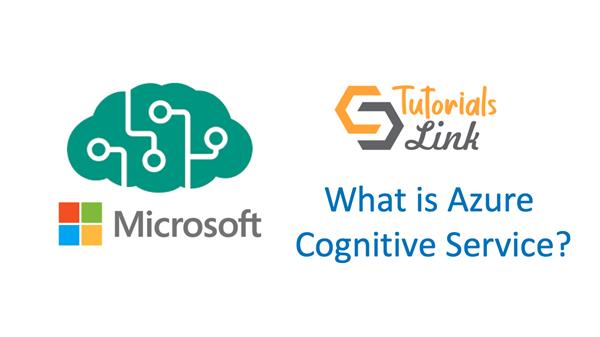

The voice assistant feature provides fast, reliable interaction between a device and an assistant implementation. Voice assistants: Create natural, humanlike conversational interfaces for their applications and experiences.Language learning: Provide pronunciation assessment feedback to language learners, support real-time transcription for remote learning conversations, and read aloud teaching materials with neural voices.Call Center: Transcribe calls in real-time or process a batch of calls, redact personally identifying information, and extract insights such as sentiment to help with your call center use case.Audio Content Creation: You can use neural voices to make interactions with chatbots and voice assistants more natural and engaging, convert digital texts such as e-books into audiobooks and enhance in-car navigation systems.
#Microsoft azure speech to text internal how to
Captioning: Learn how to synchronize captions with your input audio, apply profanity filters, get partial results, apply customizations, and identify spoken languages for multilingual scenarios.Speech is available for many languages, regions, and price points. It's easy to speech enable your applications, tools, and devices with the Speech CLI, Speech SDK, Speech Studio, or REST APIs. Run Speech anywhere, in the cloud or at the edge in containers. :::image type="content" border="false" source="media/overview/speech-features-highlight.png" alt-text="Image of tiles that highlight some Speech service features.":::Ĭreate custom voices, add specific words to your base vocabulary, or build your own models. You can transcribe speech to text with high accuracy, produce natural-sounding text-to-speech voices, translate spoken audio, and use speaker recognition during conversations. The Speech service provides speech-to-text and text-to-speech capabilities with an Azure Speech resource.


 0 kommentar(er)
0 kommentar(er)
